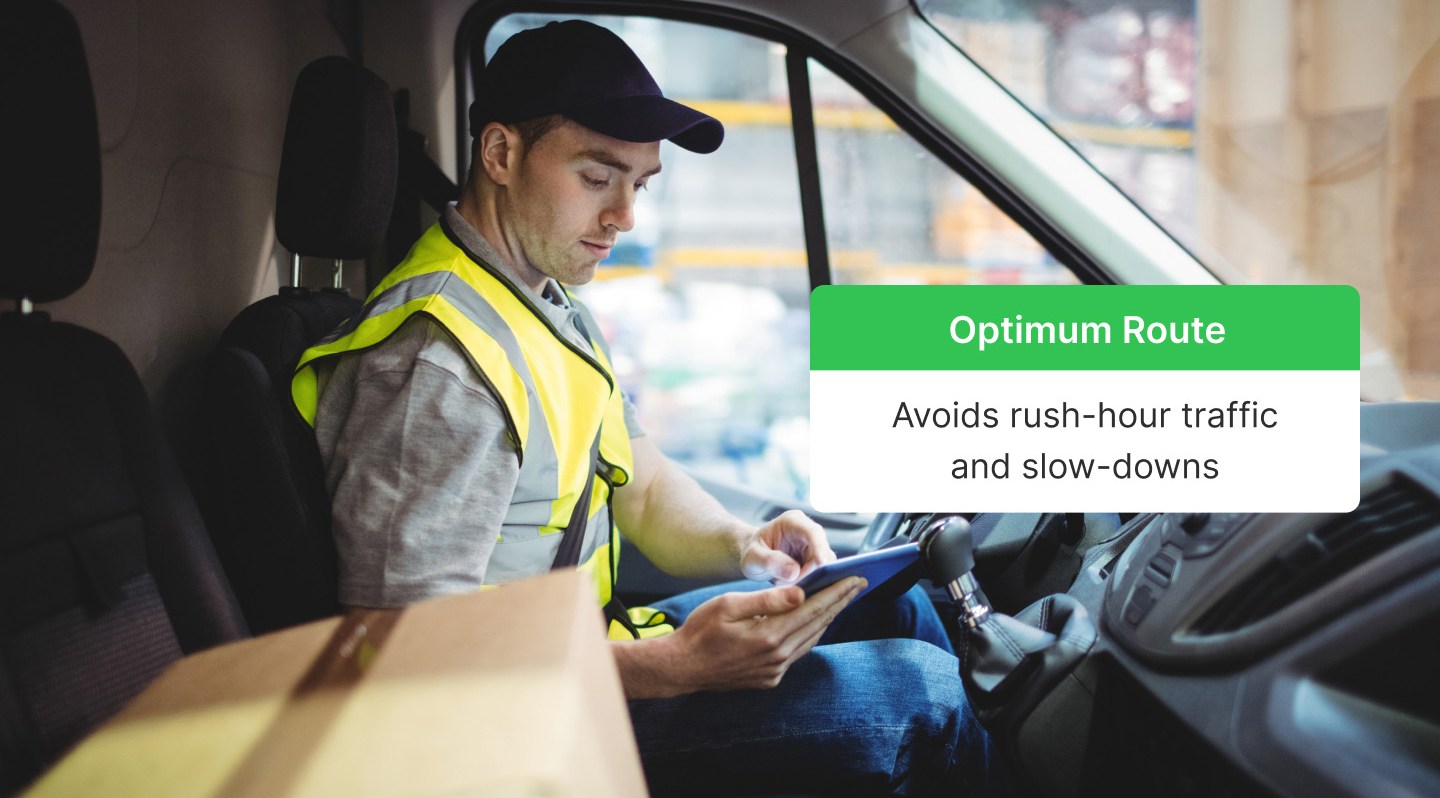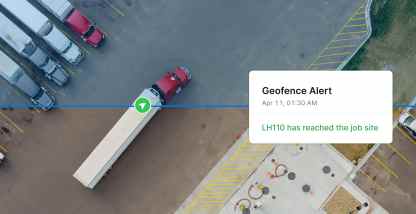When managing delivery operations, it’s important to streamline your processes and improve efficiency. And today, the stakes are higher than ever. Delivery is big business, with 68,000 couriers and messengers, and 1.3 million delivery drivers employed in the United States.
With millions of packages delivered every day, the number of deliveries to manage and routes to choose from can become overwhelming. Companies and drivers want a delivery route that’s both time efficient and cost effective. Route management technology is an invaluable tool when it comes to finding the quickest, most economical routes.
What is route management?
Route management is a part of delivery operations that involves finding the most efficient routes for vehicles to follow when delivering goods. This involves activities such as:
- Keeping track of how often common routes are congested, and at what times.
- Planning delivery routes according to known efficiencies.
- Monitoring conditions of regular routes, and keeping up with alerts like roadwork and other hazards.
- Making sure drivers can find the best alternative routes if preferred routes are unavailable.
- Ensuring on-time delivery for customers.
- Keeping drivers safe by making sure the safest routes are taken.
Why is route management important?
Route management is important for companies that manage delivery operations because it helps with things like collecting traffic and location data, making frequent routes more efficient, and keeping track of delivery drivers with GPS.
With the help of live traffic updates, delivery route management tools automatically reroute drivers to avoid traffic, which saves time and money. Satellite signals in route planning technology determine a vehicle’s exact location, how many other vehicles are on the road, and how much oncoming traffic there is.
Route planning also involves maintaining a complete view of where drivers and vehicles are at all times. This is important because it allows companies to see which drivers are near pickups and dropoffs, and which have the most availability, improving the speed of dispatches.
Benefits of using a route management system.
Effective route management systems allow you to manage your dispatch and delivery operations with ease. They help you organize your routes and optimize your operations for consistent, on-time deliveries. Other benefits include:
- Optimized routes. Real-time fleet tracking improves route efficiency and saves fuel and time.
- Live tracking and navigation. Live tracking and navigation provide up-to-date information about driver location and the best routes to take.
- Reduced fuel costs. With a route management system, companies can optimize delivery routes to reduce costly fuel consumption and wear-and-tear.
- Improved customer service. A huge benefit of using route management systems to optimize routes is improved customer service through reliable, prompt delivery times.
- Driver satisfaction. Drivers can operate with confidence, knowing the routes they are using are the safest and most efficient.
Common fleet route management challenges.
When looking to streamline delivery operations, there are some common challenges that fleets face. These challenges include:
- Lack of visibility into operations. Companies with delivery fleets need to be aware of all vehicle operations so they know who’s under- or over-utilized and where inefficiencies are happening.
- Poor fuel efficiency. If fuel use isn’t kept under control, profits and the environment suffer. Delivery managers need to be sure they’re doing all they can to be as efficient as possible.
- Driver detention time. Improper attention to route management could result in drivers being detained for long periods of time, ultimately leading to less time on the road. Companies must keep an eye on driver detention time and ensure they are working to reduce it with better route planning.
- Maintaining on-time delivery. Making sure that shipments are delivered on time is tricky and involves many moving logistical parts. On-time delivery is an essential part of the customer experience and should be a top priority when it comes to optimizing delivery operations.
Key features to look for in route management software.
The route management software you choose needs to work for your specific needs. The software you’re using should allow you to smoothly input and plan routes in the way that works best for your business. It should be easy to use and intuitive, and be backed by excellent customer support, should you encounter issues using the software.
Processing speed is also extremely important. You want a solution that works fast and allows you to receive updates as soon as they happen so you can manage routes optimally. You need a solution that processes routes in seconds, not one with slow processing speeds that can take minutes.
You also want to make sure that you’re using a tool with excellent GPS tracking and telematics capabilities. These capabilities tell you which direction drivers are headed, the speed they’re going, and their location history. This information helps you manage your fleet and your customers’ expectations better.
The ability to analyze data from your delivery trips is invaluable. This data allows you to see which areas of your delivery operations you can improve and get the most out of your route management software with actionable insights.
Why use Motive to improve your route management services.
Motive helps you with your route management services using advanced GPS vehicle tracking technologies. Motive’s dispatch and workflow capabilities allow you to dispatch your fleet with confidence and provide excellent service to your customers.
Motive also helps you ensure efficient routing, accurate ETAs, and on-time deliveries all from one intuitive fleet management delivery solution. Our all-in-one delivery management system is easy to use with quick setup and dedicated, 24/7 customer support.
Get started today. Connect with a Motive sales representative.









